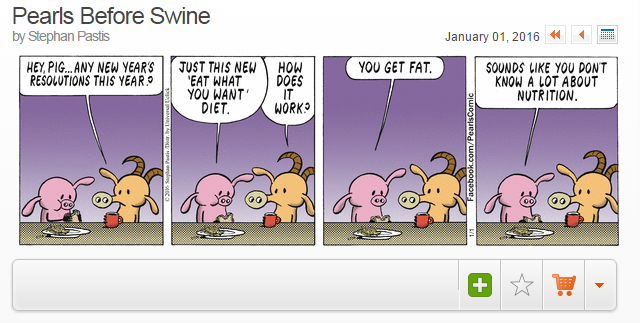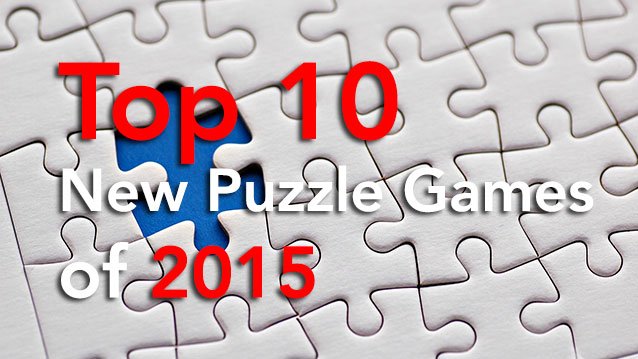

Windows 10 is roughly five months old. Considering its relatively short consumer facing existence, Windows 10 has generated miles of column length, billions of characters, and has left some users wondering just what on Earth is going on in their Windows 10 powered device.
At this grand old age, and as we approach the peak new device period, we ask ourselves “is it time to upgrade to Windows 10?”
Windows 10 received some excellent reviews following its late July 2015 release. Rightly so; it seemed to be the long-awaited merging of the best of Windows 7, 8, and 8.1, forming a somewhat delightful lovechild Microsoft dubbed “Windows 10,” skipping a numerical generation to deliver what Microsoft calls its “final operating system.”

Windows 10 brought forth a number of exciting features, and sent a few less-than-popular features packing. Microsoft’s virtual AI assistant Cortana, despite initial teething problems, clearly has massive potential. The Windows 8 Metro-style was toned down to allow Windows 7 users the chance to acclimatize, and the new Start Menu really is an excellent feature that has been reconsidered from the end-user perspective.
Microsoft also appears to have listened to their massive audience, too. The Windows 8 environment pushed upon desktop users is vastly scaled back in favor of a considered balance between traditional desktop users, and those accessing Windows 10 using a touch-first-device. This is epitomized in Windows 10 Continuum feature, allowing you to efficiently switch between desktop and tablet mode, using peripherals to initiate the mode switch, if required.
Microsoft also reimagined some of their core utilities. The new Settings app is easier to navigate, again with touch-devices in mind, and the search-navigation bar makes finding and using system settings that much easier for new users. Certainly an intuitive system switch. Similarly, Microsoft overhauled the base Mail and Calendar applications, delivering vastly improved, vastly efficient experiences compared to their Windows 8 counterparts.
Windows 10 will keep your system updated, all the time, with new features, security patches, and more. For some users, and I’ll elaborate on this in a moment, this is a terrible “upgrade” in the Windows ecosystem. But for other users, mitigating security hole vulnerabilities is a big plus, and that their device will be updated without having to consider the options only adds to the positive feedback.
Finally, gamers may well consider the upgrades to DirectX available for Windows 10, with DX12 support as standard, and many users have reported improved battery performance, even on some older devices. Something to think about.
Have you got ten minutes? Microsoft has once again shipped a bug-filled operating system, seemingly designed to destroy any remaining hope that the Redmond-based software giant has made good on past errors. Windows 10 is far from finalized, though you’ll see the issues affect different demographics to different degrees.
One of the biggest gripes concerns alterations to Windows Update. The update system you’ll be familiar with from Windows 7, 8, and 8.1 has been removed. The replacement is an altogether more totalitarian system, where updates are 99% obligatory, and you cannot opt-out of feature updates. Microsoft has relatively patchy history when it comes to updates, but the removal of end-user choice is what has truly irked potential and current users alike.
Much has been made of Windows 10 privacy settings, and the amount of communication the operating system seems to make with select Microsoft servers. While Microsoft maintains that nothing malicious is taking place – and for the most part, I believe them – many would argue, myself included, that this mass data intake isn’t okay.
Microsoft could have mediated the problem well ahead of time, but as a number of Windows 10 users have taken pains to research and uncover, even when the numerous privacy settings are turned off, Windows 10 still loves to dial home every now and then. It still doesn’t explain why these services cannot be simply stopped dead. Microsoft later admitted that the telemetry services couldn’t be fully disabled, as users upgrading to Windows 10 found their devices opted-in to full data sharing.
Windows 10 has also seen numerous reports of driver incompatibility following the November update, with entire custom driver configurations being wiped and, following the most recent update, apps being deemed incompatible with the operating system simply being removed.
Finally, and this is one of the biggest problems of all, are the forced upgrades to Windows 10. Windows 7, 8, and 8.1 users have been bombarded with increasingly aggressive upgrade notices.
The first instance saw an innocuous Windows 10 update popup appear in the taskbar, in a very malware-esq manner. If this upgrade bubble is ignored, Windows Update becomes steadily more intrusive with each scheduled update to the existing operating system. This has led to some being tricked into upgrading ahead of time (and presumably without having properly backed up their files!), others have returned from dinner to find their system running Windows 10, and yet others have noted their existing operating system preemptively downloading Windows 10, just in case.

Want a great way to alienate your consumers? Infiltrate their system, and push product into their eyes. If they say no, offer a single dialogue box, featuring a single option: Upgrade Now. Don’t get me wrong, this isn’t everyone’s experience. But this smacks of Microsoft preying on some normal, and largely inexperienced users to ensure their new operating system features on as many systems as possible, as quickly as possible.
Oh, and the new Edge browser isn’t all it was cracked up to be, and add-ons, essential to most Internet users experience, will not be coming until sometime in 2016, without a definitive quarter for release.
Knowing what I know now, and looking back at what I knew then (July 29), I would approach Windows 10 with extreme caution. I’ve been using Windows 10 since late last year, as part of the Insider Preview, and have seen it go from strength to strength. I’ve also seen that initial new product enthusiasm diminish, and the global claws come out to tear Windows 10 apart. Is the tearing justified?
In many quarters, yes. During Windows 10 development, Microsoft CEO Satya Nadella took the difficult decision to cut 7,800 jobs. It seems most of those jobs were focused on product testing, a role previously designed to free time for important development tasks.
Now, developers have to create and rigorously test their product. Something had to suffer. I think it has been detrimental to both parties, with development quality still very high – but without extensive testing, who knows what is being shipped?
Therefore, testing for Windows 10 fell heavily on those Insider Preview users. A majority of Insider Preview users are likely to have been Windows Power Users, with a good understanding of previous Microsoft products.
However, “experienced with Microsoft/Windows products” and “qualified and employed to product test Microsoft/Windows products” are entirely different. And it shows in the final product. There’s a very clear reason why Insider Previewers were somewhat shocked when the final RTM build arrived on our systems. There was clearly no way they could even begin to fix the myriad bugs apparent throughout Windows 10.
We are now four or five months down the line, and Microsoft still hasn’t fixed a number of issues, despite issuing literally gigabytes of updates each week. The latest Threshold 2/November update perfectly illustrates this. Instead of fixing a big pile of problems, it heaped more on the pile.
My editor, Tina Sieber, provided me a host of links for lists detailing “why you shouldn’t upgrade to Windows 10,” but there really is only one reason: it is still so far from being the advertised product, paying consumers should avoid Windows 10. If your only reason to upgrade is because Microsoft has told you “it’s time,” that doesn’t seem like a good enough reason to me, especially if you are still happy with Windows 7, 8, or 8.1.
Now, you’ll note I said paying consumers. I wouldn’t shell out $119.99 for a shiny new license, even as a general Microsoft fan. But as a free upgrade, it is worth it, especially now that you can use your old Windows 7, 8, or 8.1 license to activate the product. Heck, you could even claim your free upgrade, then rollback to Windows 7, 8, or 8.1, and wait another seven months for the majority of bugs to disappear under the Microsoft iron.
Clean installations appear to be much removed from the bug-laden free updates many users had to take advantage of in the days following the Windows 10 release. Similarly, those users purchasing a new device with a new Windows 10 installation may well be spared much of the Windows 10 misery. This relates to the updating of vital system files, the creation of new ones, and the legacy files left behind, interfering with Windows 10 processes.
As I have said before, the changes made to, and new features introduced to Windows 10, may receive a harsher tone because they affect Power Users so much more. Being among the most vocal tech-users in general, we are bound to encounter those bad experiences more frequently. Vast numbers of everyday users are probably having a perfectly acceptable Windows 10 experience – those users who don’t monitor their system resources, or have AMD’s Catalyst Control Center, or who see Cortana as a neat feature, not the next step in digital assistive search.
My advice then is this:
In any case, make sure you regularly back up your Windows 10 device – you can never be sure what is around the Windows Update corner!
What is your Windows 10 tale of terror? Or have you had a jolly old time with your Windows 10 installation? Let us know your experiences below!




 GoW 3 Remastered: phoenix feathers Locations
GoW 3 Remastered: phoenix feathers Locations How to Read Newspaper Comics Online Now for Free
How to Read Newspaper Comics Online Now for Free Mortal Kombat X Guide: How to Play Ermac
Mortal Kombat X Guide: How to Play Ermac Top 10 New Puzzle Games of 2015
Top 10 New Puzzle Games of 2015 Metal Gear Solid 5: Where to Find Every Music Cassette Tape
Metal Gear Solid 5: Where to Find Every Music Cassette Tape